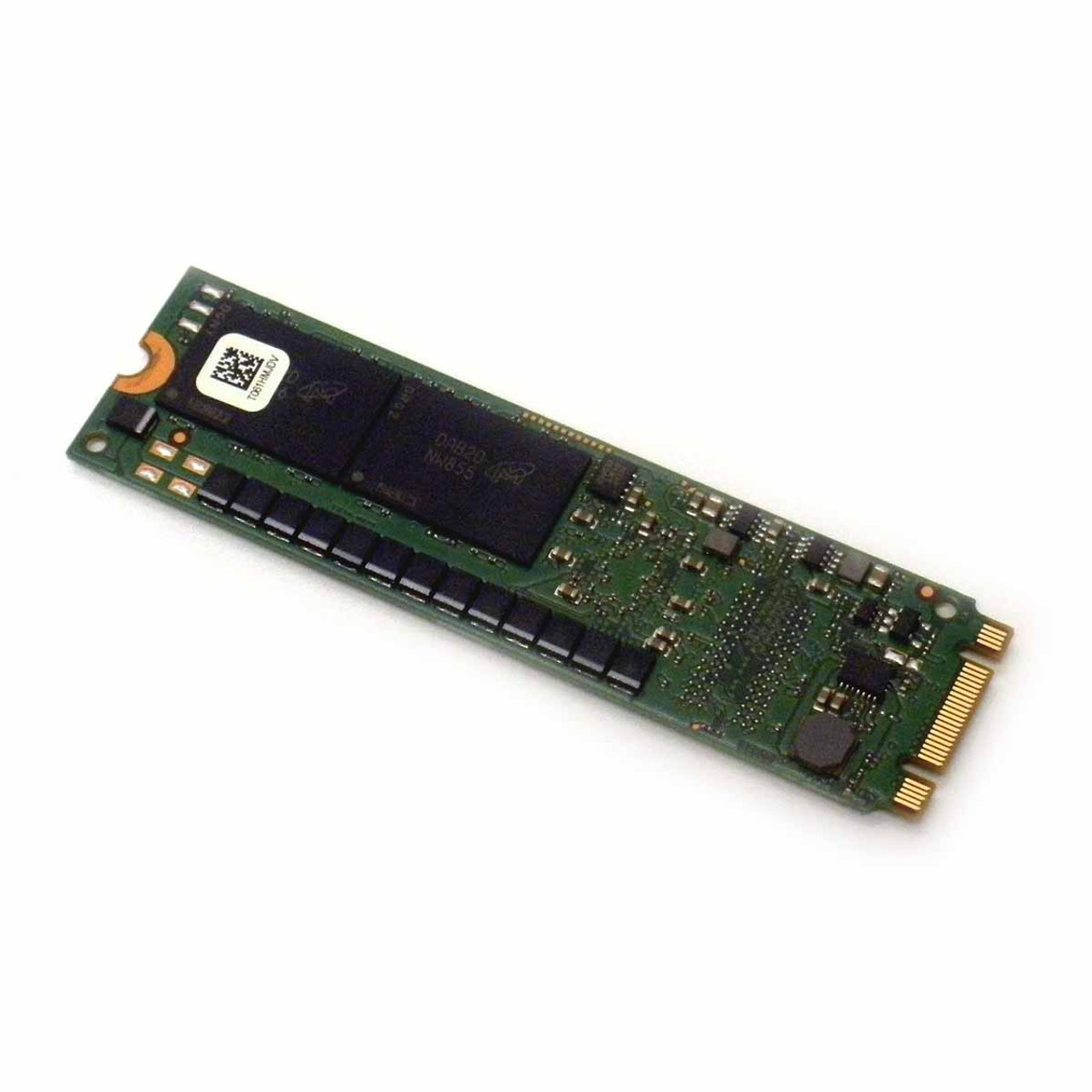Cisco M.2 SSD Form Factor
 Cisco M.2 SSDs are available in two form factors:
Cisco M.2 SSDs are available in two form factors:
- M.2 SATA - These SSDs use the SATA interface and are compatible with SATA III (6 Gbps) ports. They are typically less expensive than M.2 NVMe SSDs, but they also offer lower performance.
- M.2 NVMe - These SSDs use the NVMe interface and are compatible with PCIe Gen3 x4 ports. They offer significantly higher performance than M.2 SATA SSDs, but they are also more expensive.
The specific form factor of a Cisco M.2 SSD can be found on the product page or in the product documentation. For example, the Cisco UCS-M2-240GB SSD is an M.2 SATA SSD.
Here is a table that summarizes the key differences between M.2 SATA and M.2 NVMe SSDs:
| Feature | M.2 SATA | M.2 NVMe |
|---|---|---|
| Interface | SATA | NVMe |
| Performance | Lower | Higher |
| Price | Less expensive | More expensive |
| Form factor - |
2242, 2260, 2280 - |
2242, 2260, 2280, 22110 |
Here are some of the benefits of using Cisco M.2 SSDs:
- High performance: M.2 NVMe SSDs offer significantly higher performance than SATA SSDs, making them ideal for applications that require high IOPS and throughput.
- Small form factor: M.2 SSDs are small and lightweight, making them easy to install and manage.
- Low power consumption: M.2 SSDs consume less power than SATA SSDs, which can help to reduce the overall power consumption of a server.
If you are looking for high-performance, small form factor SSDs for your Cisco server, then Cisco M.2 SSDs are a good option.

